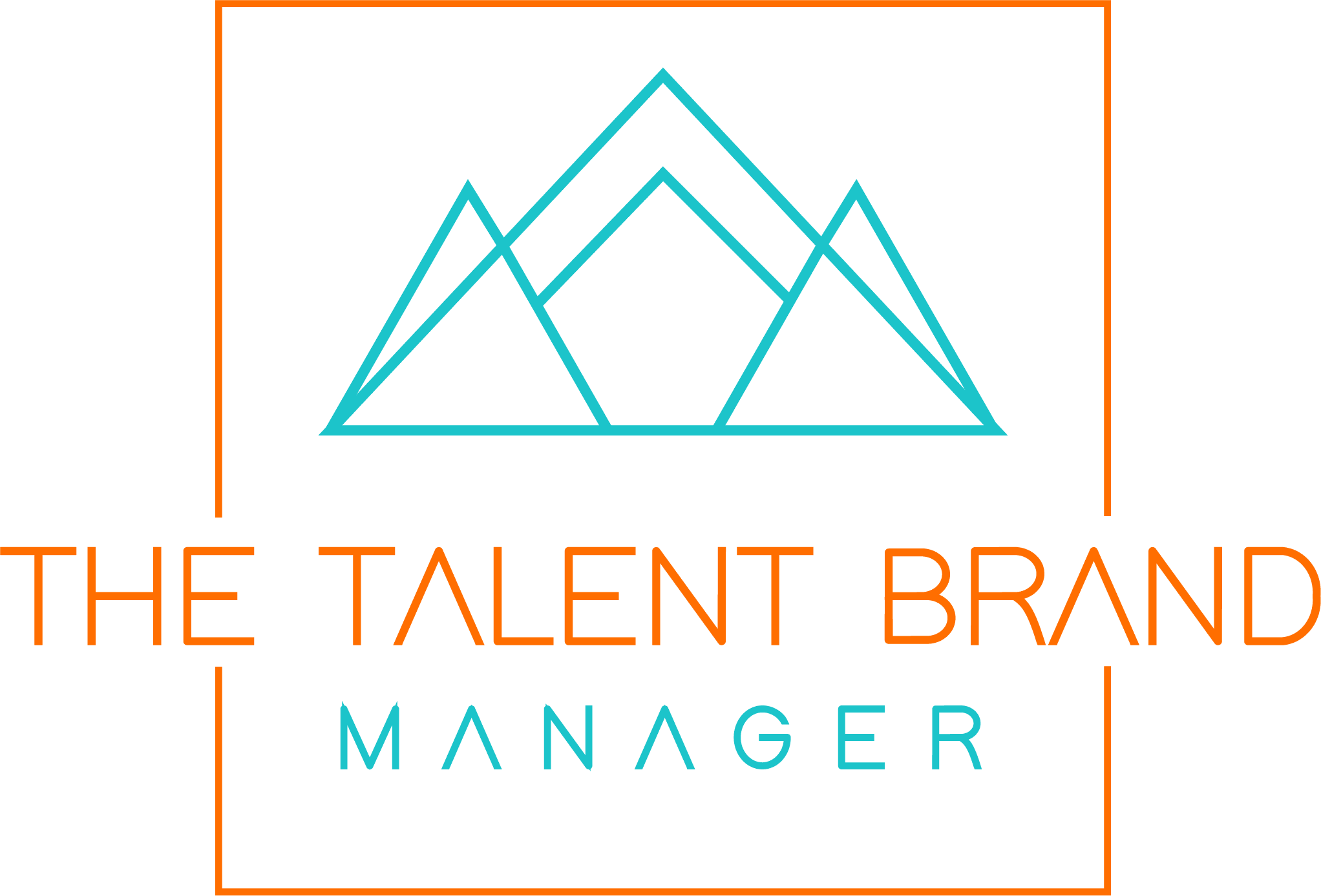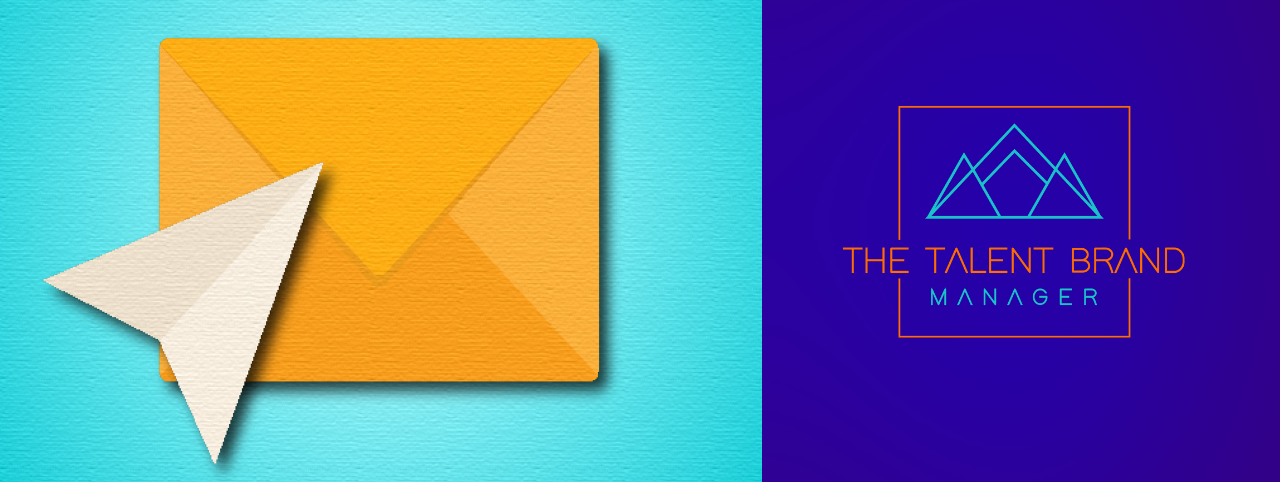The Candidate Funnel is Morphing
In a traditional sales funnel, marketing sits at the very top in awareness. The candidate funnel has been much the same, attracting candidates is the main focus of marketing and efforts quickly decline after the initial attraction stage. However, if you haven’t learned by now, recruiting in 2022 means using a methodology that is anything but traditional. These changes are altering the way we look at the candidate journey – morphing the process into more of a circular lifecycle than a linear journey.

If done right, candidates who leave your funnel return bringing with them additional experience, backgrounds, and new identifiable needs which in turn make them invaluable assets just sitting in your ATS. These candidates include past employees, application finalists, and candidates who applied but were not previously engaged for a variety of reasons. The reality is, the sooner you engage marketing in every stage of the candidate funnel, the stronger your candidate pool and ultimately your hires will be.
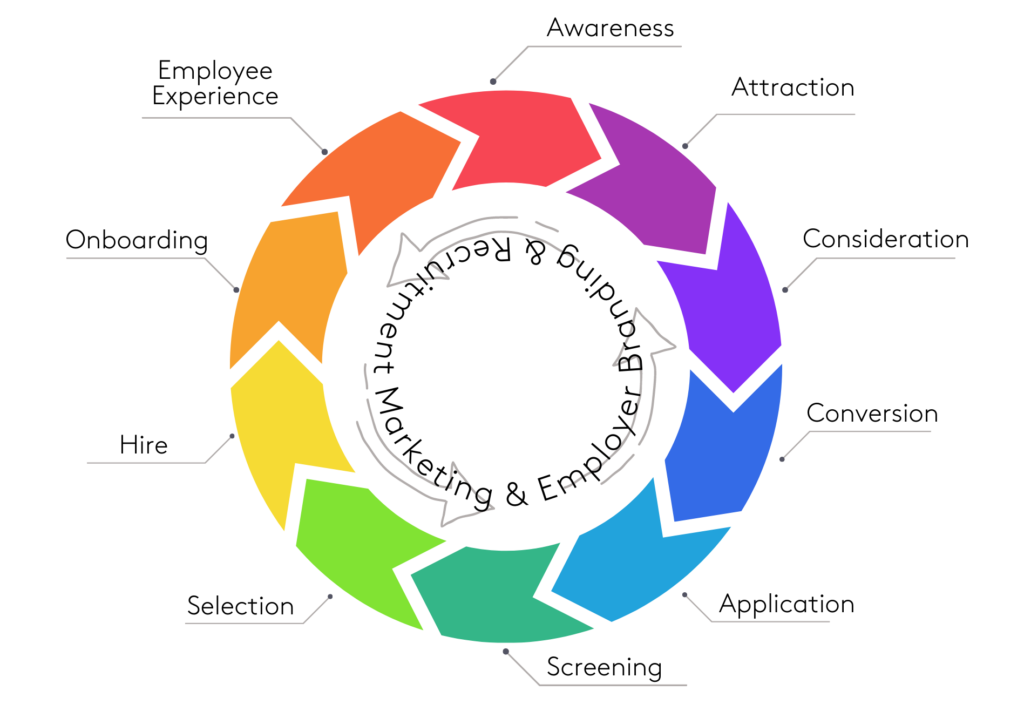
The ATS Goldmine
Regardless of your HR Tech stack, your system holds a goldmine of data related to past applicants and their history with your brand. While each tool has a unique set of data points that are preconfigured for reporting, there are often tools available that allow you to dig deeper in identifying trends and groups of applicants by a variety of factors. Taking into account application aging, role type, frequency of engagement, and candidate demographics you can begin to target unique groups for re-engagement.
The trick here is getting a refined dataset of applicants while keeping your grouping broad enough to not waste valuable hours on dozens of custom campaigns. It’s a tight rope walk many email marketers are used to walking, but you may need to fine-tune it over time. It’s ok to adapt as you go, using data to track engagement and measure efforts in each category. Remember, it’s better to start somewhere than nowhere at all. Unless you’re working with robust internal resources and have an extended timeline for recruiting, start broad and narrow as you get comfortable speaking to your intended audiences.
How to Get Candidates into Your Talent Pools
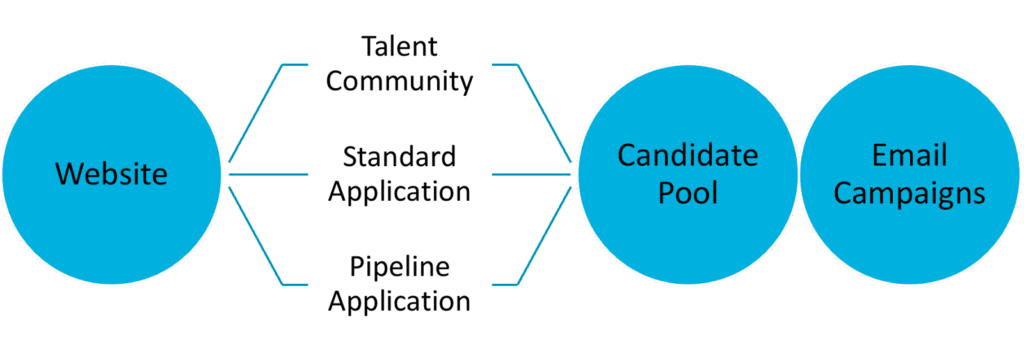
At a very basic level candidates are attracted to your employer brand and are led to a website where your application lives. (While there are other ways of applying, this is by far the most common for most organizations.) What happens next on your website is a matter of how your HR Tech stack and website integrations interact with the candidate. For best results, enabling a few key tools within your ATS & CRM will improve this process greatly. The tools you should first focus on include implementing a streamlined application process (think EasyApply), resume parsing functionality, campaign tools, talent communities, and chatbots.
Through their interactions on your career site, candidates will be able to easily initiate future engagement with your employer brand in two ways, through joining your talent community or through an application process (standard or evergreen).
Don’t worry if your tech isn’t fully optimized, even the biggest goals start small. Wherever your current tech stack lies, if the data is there you can leverage it.
What you do with it from there, is where the magic lies.
Define Your Candidate Pools
Audience Targeting Parameters
As mentioned above, candidates can be broken into identifiable subgroups based on a variety of factors. How this is best done is entirely up to your available tools. Ideally, you can separate candidates within your CRM into candidate pools, which often includes some level of sorting automation. If this is not available to you, a good ol’ excel spreadsheet will be your friend. Whatever the tool, you CAN re-engage these candidates.
If you’re unsure of where to start when building your grouping parameters consider:
- Job categories
- Education & experience levels
- Geographical regions
- Past engagement levels
- Past or current employee status
Using Your CRM To Target
Out of the box, your CRM likely comes with candidate pooling and talent community functions, which can easily be turned on. When working in a CRM where Talent Communities have not been set up or are recently established you’ll need to pull from past applications to get enough candidate data to make an impact. Using candidate search functions within your system, filter candidates by your previously defined parameters and manually add past applicants to candidate pools. This process will vary by system.
(Important tip: make sure your candidates have opted in to receive recruitment marketing emails to prevent being flagged for spam and potentially losing email marketing abilities.)
If talent communities are already set up and have gained traction, you simply need to define the specific candidate pool your community members should land in and let the system do the work of sorting.
In both cases, after setup, you can then rely on the CRM to automatically add new applicants to the appropriate pool OR manually add them as you see fit. You can even subdivide them further as you fine-tune your marketing messages.
Sourcing directly from a Candidate Pool can drastically improve the accuracy of your time-to-fill metrics in comparison to using Evergreen Reqs and reduces the overall cost-per-applicant on high volume reqs.
Manually Targeting Candidates Without a CRM
While targeting candidates for re-engagement without a CRM is challenging, it’s certainly not impossible. You’ll need to be realistic on just who you can target, how much time it will take and how you can reach these candidates. To get started, work with your HRIS team to build a report that allows you to pull high-level candidate data including roles applied to, demographics, and contact info. You’ll have to manually filter this in Excel and extract those candidates who closely fit the current hiring needs.
Unfortunately, you’ll then have to reach out to them individually. Although, by doing personalized emails you may find increased engagement over larger campaigns. Just be sure to always email the candidates from your own work email. Send these emails individually not using BC, CC, or no-reply inboxes. Getting your company flagged for spam will certainly have the opposite effect on your intentions.
Create Simple Campaigns
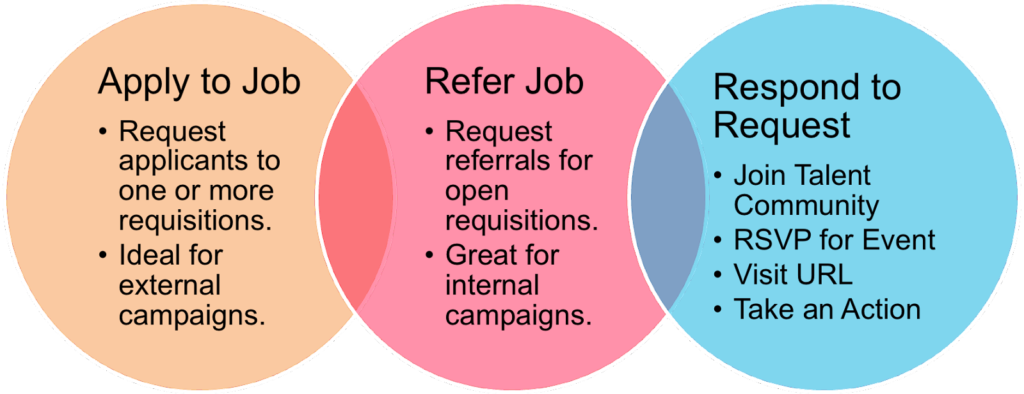
Set up email campaigns that are easy to read, short, and to the point. Tie in your brand voice and visuals as possible to maintain consistency and recognition. That being said, this isn’t the place for your corporate jargon. Candidates want to know what’s in it for them and hear it in an authentic voice.
Customize your messages to the candidate audience you’ve selected. While your early talent may want to hear all about your educational programs, those who are in traditionally academic verticals likely already have degrees and are more interested in retirement or medical benefits. Think about each persona as if it was you — given this type of experience what would you want to hear?
Whether you’re asking candidates to apply for another job, refer a friend, learn about a new program, or respond to a request there are ways to ensure your candidates are getting the information they need.
Campaign Best Practices
A few high-level tips to kick you off:
- Setup campaigns to speak to pre-defined candidate pools based on shared needs, interests, or experiences — then speak to these specific needs.
- Be mindful of spammy language and be specific. (“Comprehensive benefits” becomes “medical coverage for employees with $50 monthly premium and $10 copays”)
- Use easy-to-read and direct subject lines (if you wouldn’t open it if received, then why would a candidate?)
- Create templates for ease of use and quick turnaround for tightened timeline hires. (Share these with the broader team for use! If it’s not broke, don’t fix it. Use what works until it doesn’t anymore.)
- Tie in your employer brand language and visual assets.
- Keep email messages to a minimum. They should be sent no more than 2x monthly and be less than 3 paragraphs. A good rule of thumb is to keep content so the entire core message and request for action is viewable without scrolling in an email browser.
- Schedule follow-up emails based on candidate interactions (this can be automated in your CRM or scheduled with a delay send in Outlook).
- Start broad then refine audiences as you gain comfort.
- Data data data – use trackable short links and monitor engagement for each campaign. (A/B testing of subject lines and CTAs is another way to take this a step further.)
Campaign Metrics
Throughout this process your CRM will track several data points you’ll want to monitor:
- Conversion rate: the number of candidates performing the requested action vs. the number of candidates sent the email.
- Email metrics: what candidates did with the email including open rates, bounce rates, unsubscribes, forwards, and delivery numbers.
Each of these numbers will give you a strong picture of how engaged your candidate pool is with both your employer brand and your individual campaigns. Watch them and pivot as frequently as necessary to keep candidates re-engaging with your message.
Leverage Your Website
Over time you’ll want to grow these candidate pools and campaigns. Use your website, email signatures, social media posts, and application process to encourage candidates to join your Talent Community. A simple CTA often has a strong ROI, particularly when paired with a simplified join process. Keep it simple.
Ready to learn more?
